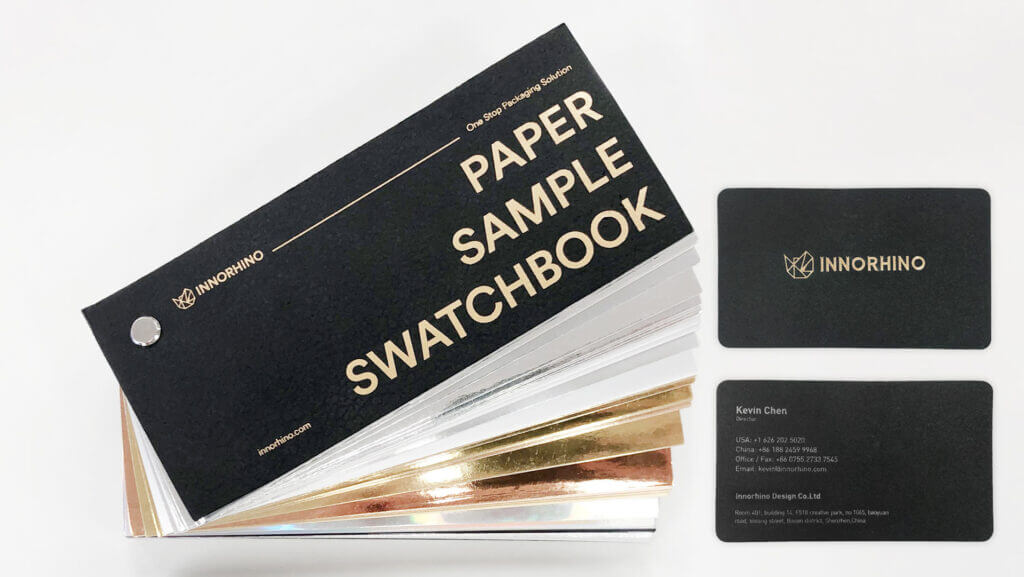Why the “First Time” Feels Risky
For many startup brands, sourcing from a custom packaging supplier overseas is both exciting and stressful. When that first quotation arrives filled with terms like FOB, MOQ, GSM, and other technical jargon, it’s easy to feel overwhelmed. Common worries include:
- Am I being overcharged?
- Do I need to pay for samples upfront?
- What if mass production looks totally different from the proof?
The truth: once you understand the packaging quotation process, it becomes predictable, structured, and much easier to manage.
Step 1: Prepare Your Requirements
Before requesting a quotation, your packaging requirements act as your spec sheet. The clearer your details, the fewer revisions you’ll face later.
- ✔️ Product dimensions (L × W × H, or capacity for bottles, jars, pouches)
- ✔️ Material (paperboard, kraft, plastic, glass, foil bag)
- ✔️ Finishes (foil stamping, UV, matte/gloss lamination, window cutouts)
- ✔️ Quantity range & annual forecast
Pro Tip: Suppliers often calculate prices based on volume and weight. Detailed specs will give you a fairer price when working with a packaging manufacturer overseas.
Step 2: Understand the 3 Parts of a Quotation
Most overseas packaging quotations break down into three main cost categories:
- Material Cost – e.g., 350g paperboard vs. FSC-certified stock
- Finishing & Processing – foil stamping, embossing, die-cutting, specialty printing
- Logistics & Taxes – differences between FOB, CIF, and DDP can change your landed cost by 30–40%
👉 Always request both EXW/FOB and DDP quotes. This gives you transparency and makes it easier to compare multiple packaging suppliers in China or abroad.
Step 3: Sampling — Your Risk Control Stage
Sampling is the insurance policy that prevents expensive mistakes down the line. A typical sampling process includes:
- Dummy Sample – checks structure, shape, and dimensions
- Digital Proof – confirms layout, font size, and color accuracy on screen or printout
- Production Sample(Golden Sample) – closest to mass production, usually ready in 7–10 days
Recommendation: Never skip stages. If you’re learning how to import packaging from China, remember that thorough sampling reduces risks with overseas orders.
Step 4: Order Kick-off & Production
Once your sample is approved, the overseas supplier moves into production. The standard flow looks like this:
- Sample approval
- Deposit payment (30–50%)
- Mass production (15–35 days, depending on complexity)
- Quality inspection & shipping
- Balance payment
👉 Align on a production timeline early. This helps avoid delays and ensures smoother importing when working with a packaging manufacturer overseas.
Step 5: Common Pitfalls & Solutions
Even with clear communication, new buyers often stumble on the same pain points:
- Vague MOQ → Clarify sample MOQ vs. production MOQ (a big pain point in the MOQ in packaging industry)
- Color mismatch → Approve Pantone/CMYK samples before mass production
- Delayed lead time → Add 10–15% buffer to your schedule
- Hidden fees → Confirm shipping, handling, and duties upfront
Conclusion
Working with an overseas packaging supplier doesn’t have to feel like gambling. By following this 5-step roadmap — Requirements → Quotation → Sampling → Order → Delivery — you’ll save communication time, minimize risk, and gain confidence in the process.
👉 Don’t let your “first time” be costly trial-and-error. INNORHINO offers end-to-end packaging solutions — from design to delivery — so you can focus on scaling your brand.
FAQs for First-Time Buyers
You’ll need product dimensions, material preference, finish details, quantity range, and forecast. Clear specs = accurate pricing from your packaging supplier overseas.
– FOB (Free on Board): Supplier covers costs until goods are loaded at the origin port. Buyer arranges freight & customs.
– CIF (Cost, Insurance, Freight): Supplier covers shipping and insurance to your port, but not import duties.
– DDP (Delivered Duty Paid): End-to-end delivery, including duties and taxes — most convenient for first-time importers.
Dummy samples take a few days, digital proofs are quick, and production samples take 7–10 days. Ideally, complete all three stages before mass production.
Yes. In the packaging industry, MOQ is flexible. Some suppliers allow lower runs at higher unit prices. Always confirm both sample MOQ and production MOQ.
Approve a Pantone or CMYK sample before production. Relying only on digital files is risky.
Production usually takes 15–35 days. Always add 10–15% buffer to account for shipping delays and customs clearance when importing.
Ask your supplier to itemize each cost: material, finishing, printing, and freight. A professional custom packaging supplier overseas should provide both FOB/EXW and DDP options.
Some do. Full-service partners (like INNORHINO) handle design, prototyping, production, and logistics — simplifying the entire import process.
Mini Glossary of Packaging Terms
GSM (Grams per Square Meter)
A unit that measures the weight of paper/board. The higher the GSM, the thicker and more rigid the paper. Example: 80 GSM = office paper, 350 GSM = carton box.
FOB (Free on Board)
Shipping term: the supplier covers costs up to the port of departure. Buyer pays freight, insurance, and import duties.
CIF (Cost, Insurance, and Freight)
Supplier covers product cost, freight, and insurance to the destination port. Buyer pays customs clearance and delivery beyond the port.
DDP (Delivered Duty Paid)
Supplier handles everything—including customs, taxes, and delivery to buyer’s door. Easiest for new importers, but usually more expensive.
MOQ (Minimum Order Quantity)
The minimum production quantity a supplier will accept. Some set different MOQs for samples vs. full production runs.
Dummy Sample
A blank prototype used to test structure and size without final printing/finishing.
Digital Proof
A printed color/layout proof used to check design accuracy before mass printing.
Production Sample
A fully finished sample that closely matches the final mass production. Used for last approval before full order.
EXW (Ex Works)
The buyer takes responsibility for all costs and logistics starting from the supplier’s factory.








